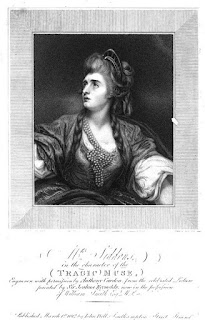 In Deception, Levi purchases a pendant for Aurora; later she wonders over his ability to afford it. Although simple, the pendant includes six pearls. With all the rumors stating he'd gambled away his wealth, it makes sense for her to wonder. Pearls were natural at that time, harder to find, and therefore far more expensive. (By the way, if you'd like a chance to win the pearl daisy pictured here, click the pendant to find out how.)
In Deception, Levi purchases a pendant for Aurora; later she wonders over his ability to afford it. Although simple, the pendant includes six pearls. With all the rumors stating he'd gambled away his wealth, it makes sense for her to wonder. Pearls were natural at that time, harder to find, and therefore far more expensive. (By the way, if you'd like a chance to win the pearl daisy pictured here, click the pendant to find out how.)  The pearls we often see today are cultured, meaning the oyster is more or less forced to make the gem. With cultured pearl farms all over the world, this beautiful and timeless gem is now easily obtained.
The pearls we often see today are cultured, meaning the oyster is more or less forced to make the gem. With cultured pearl farms all over the world, this beautiful and timeless gem is now easily obtained.The culturing process officially began in 1893 when the first pearl was "created" by Kokichi Mikimoto. Simply, a pearl is made by placing a tiny bit of shell or other debris inside the oyster. It is then coated in layers of nacre until a pearl is formed. After several months, the pearl is harvested.
It was Mikimoto's desire to see pearls around the throat of every woman, not just the wealthy. In developing the culturing process, he made that wish a distinct possibility.
There are so many works of art out there featuring pearls. I've included several below for your viewing pleasure. Enjoy!
*For more info on Mikimoto and pearl culturing visit these sites: Cultured Pearls: History of Mikimoto; Mikimoto Kōkichi; Cultured pearl
*For more info on Mikimoto and pearl culturing visit these sites: Cultured Pearls: History of Mikimoto; Mikimoto Kōkichi; Cultured pearl




.jpg)


_-_The_Girl_With_The_Pearl_Earring_(1665).jpg)

